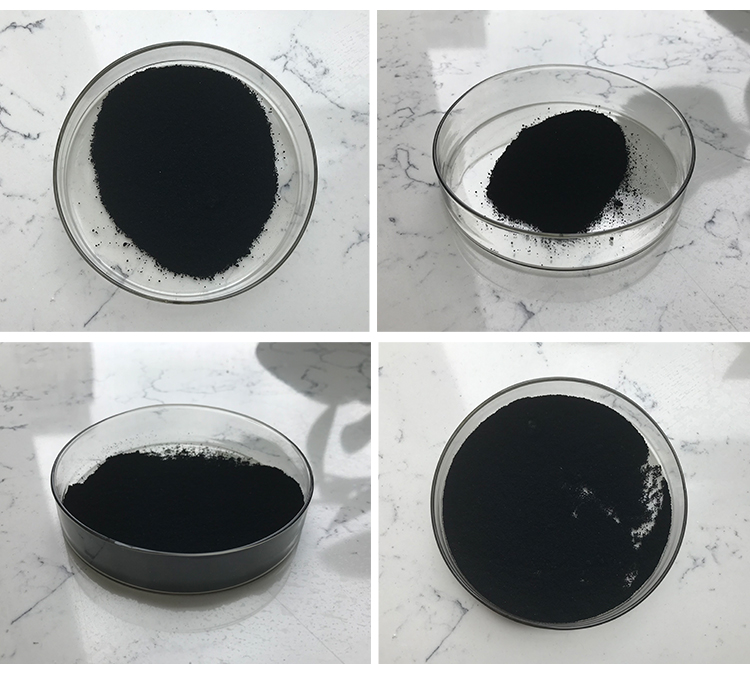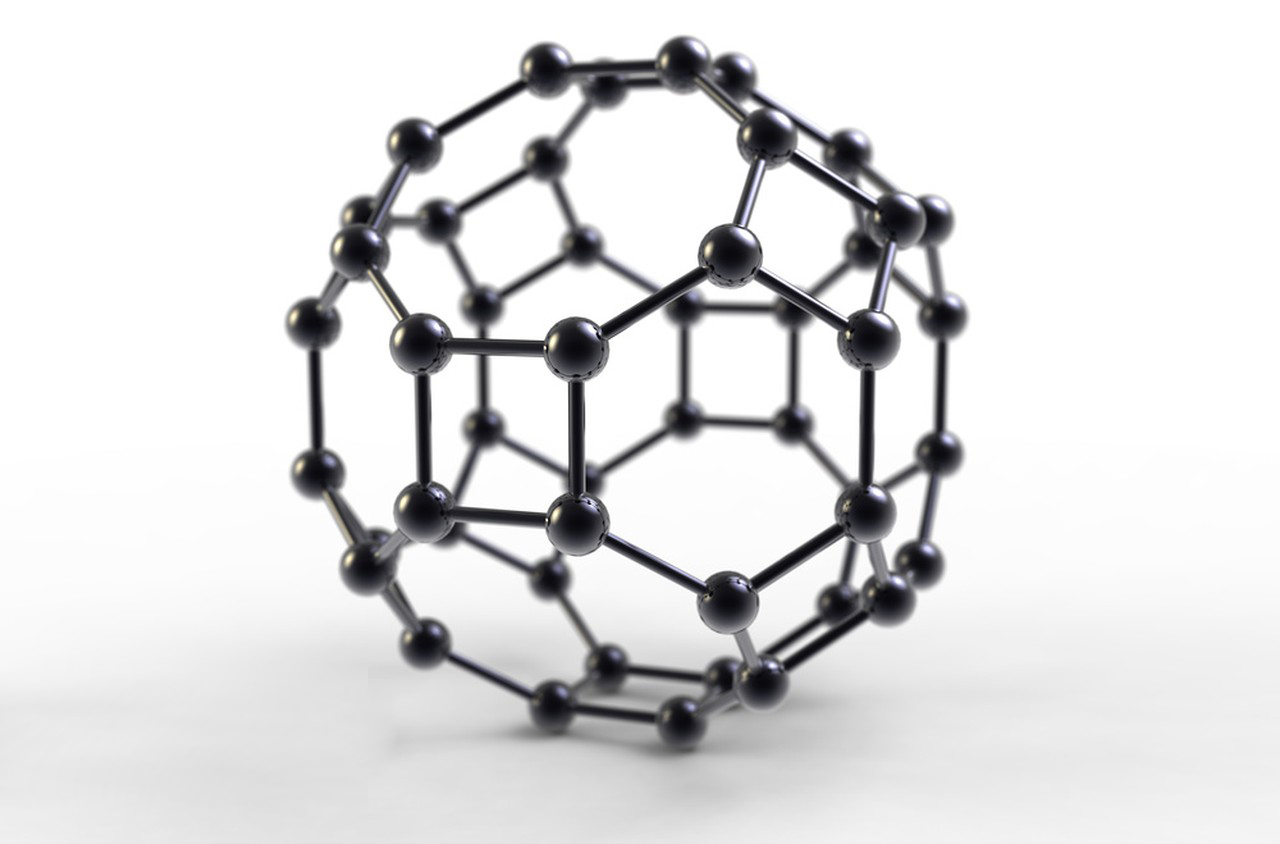Fullerene C60, a molecule composed of 60 carbon atoms arranged in a hollow sphere resembling a soccer ball, has gained attention in various fields due to its unique properties. In cosmetics, Fullerene C60 has been explored for its potential applications, although it’s worth noting that my knowledge is based on information available up until September 2021, and there may have been further developments since then.
The role of Fullerene C60 in cosmetics is mainly attributed to its antioxidant properties. Antioxidants are substances that help protect the skin from damage caused by harmful molecules called free radicals. Free radicals are generated by various environmental factors such as UV radiation, pollution, and stress, and they can contribute to skin aging, wrinkles, and other skin issues.
Fullerene C60 is believed to be a powerful antioxidant due to its unique structure, which allows it to effectively neutralize free radicals. This potential ability to counteract oxidative stress has led to its inclusion in cosmetic formulations. Here are some potential benefits and roles of Fullerene C60 in cosmetics:
Anti-Aging Properties: Fullerene C60 is antioxidant properties may help reduce the signs of aging by protecting the skin from oxidative damage. This could lead to a reduction in the appearance of fine lines, wrinkles, and age spots.
Skin Brightening: Antioxidants can also contribute to a more even skin tone by preventing the formation of melanin, which is responsible for skin pigmentation issues like dark spots and uneven skin tone.

Skin Protection: Fullerene C60 could potentially enhance the skin’s natural defense mechanisms against UV radiation and pollution, providing a shield against external stressors that can harm the skin.
Enhancement of Other Ingredients: Fullerene C60 might enhance the effectiveness of other skincare ingredients by stabilizing them and preventing their degradation due to oxidation.
Moisturization: Some formulations might use Fullerene C60 to aid in skin hydration, which is essential for maintaining healthy and youthful-looking skin.
It’s important to note that while there is potential for Fullerene C60 in cosmetics, more research is needed to fully understand its effects and safety in skincare products. As with any cosmetic ingredient, potential users should be cautious and consider patch testing products containing Fullerene C60 to ensure they don’t experience adverse reactions. Also, formulations and regulations may have evolved since my last update, so it’s a good idea to consult recent sources and experts in the field for the latest information.
Adverse effects of Fullerene C60
Fullerene C60, also known as buckminsterfullerene or buckyball, is a molecule composed of 60 carbon atoms arranged in a spherical structure. It has gained attention due to its unique properties and potential applications in various fields, including medicine and materials science. However, like any other substance, fullerene C60 also has potential adverse effects that have been studied to varying degrees. It’s important to note that research in this area is ongoing, and our understanding of these effects may evolve over time. Here are some potential adverse effects of Fullerene C60:

Toxicity: Some studies have indicated that high concentrations of fullerene C60 could have toxic effects on cells and organisms. These effects might be due to the ability of fullerene C60 to generate reactive oxygen species (ROS) when exposed to light. ROS can cause oxidative stress and damage cells.
Accumulation: Fullerene C60 has been shown to accumulate in certain tissues and organs in laboratory animals, especially in the liver and spleen. This accumulation could potentially lead to long-term health effects, although more research is needed to understand the extent and significance of this accumulation.
Inflammation: In some studies, fullerene C60 has been found to induce inflammatory responses in cells and tissues. Chronic inflammation is associated with a range of health issues, including tissue damage and increased risk of diseases.
DNA Damage: There is evidence suggesting that fullerene C60 might cause DNA damage in cells. DNA damage can lead to mutations and contribute to the development of diseases, including cancer.
Neurological Effects: Some research has suggested that fullerene C60 could have effects on the central nervous system. This could include both positive effects (such as potential neuroprotective properties) and negative effects (such as neurotoxicity).
Ecotoxicity: Fullerene C60 can also potentially affect aquatic and terrestrial ecosystems if released into the environment. Studies have indicated that it might have adverse effects on various organisms in aquatic environments.

It’s important to emphasize that many of these potential adverse effects are observed at relatively high concentrations of fullerene C60, often beyond what would be encountered in realistic scenarios. Researchers are actively working to understand the mechanisms behind these effects, as well as ways to mitigate any potential risks associated with fullerene C60 applications.
As of my last update in September 2021, research in this area is ongoing, and it’s important to stay updated on the latest findings from reliable scientific sources. If you’re considering using or working with fullerene C60, especially in medical or consumer products, it’s advisable to consult with experts and regulatory agencies to ensure safety and compliance.
